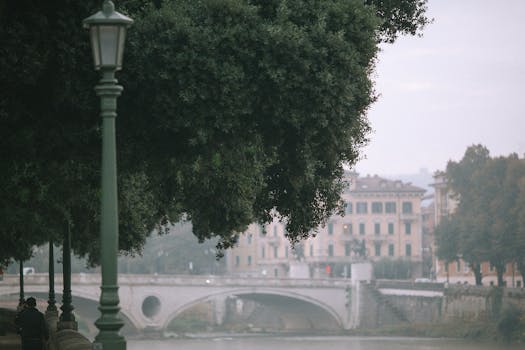
Urban Green Spaces: The Future of Outdoor Living in European Cities by 2025
Urban Green Spaces are becoming increasingly important in European cities, and for good reason. As the Focus Keyword: Urban Green Spaces continue to grow and urbanize, it’s essential to create sustainable and livable environments for residents. In this article, we’ll explore the future of outdoor living in European cities and how urban green spaces will play a vital role in shaping it.
Introduction to Urban Green Spaces
Urban green spaces refer to parks, gardens, and other green areas within cities that provide a range of benefits, including recreational spaces, air quality improvement, and climate regulation. These spaces are crucial for maintaining the physical and mental health of urban residents, as well as supporting biodiversity and ecosystem services.
The Importance of Urban Green Spaces in European Cities
European cities are facing numerous challenges, including urbanization, climate change, and population growth. Urban green spaces can help mitigate these challenges by providing a range of benefits, including:
- Improved air quality
- Reduced urban heat island effect
- Increased biodiversity
- Enhanced recreational spaces
- Improved mental health and well-being
Case Studies: Successful Urban Green Space Initiatives in European Cities
Several European cities have successfully implemented urban green space initiatives, including:
- Paris’s Green Belt initiative, which aims to create a network of green spaces throughout the city
- London’s Urban Forest initiative, which aims to plant millions of trees across the city
- Barcelona’s Superblock program, which aims to reduce traffic and create more green spaces
The Future of Outdoor Living in European Cities
By 2025, urban green spaces will play a vital role in shaping the future of outdoor living in European cities. With the increasing focus on sustainability and green infrastructure, we can expect to see more cities investing in urban green space initiatives. This will not only improve the quality of life for residents but also support the environment and promote biodiversity.
Conclusion
In conclusion, urban green spaces are essential for creating sustainable and livable environments in European cities. As we look to the future, it’s clear that these spaces will play a vital role in shaping the future of outdoor living. By investing in urban green space initiatives, cities can improve the quality of life for residents, support the environment, and promote biodiversity.





